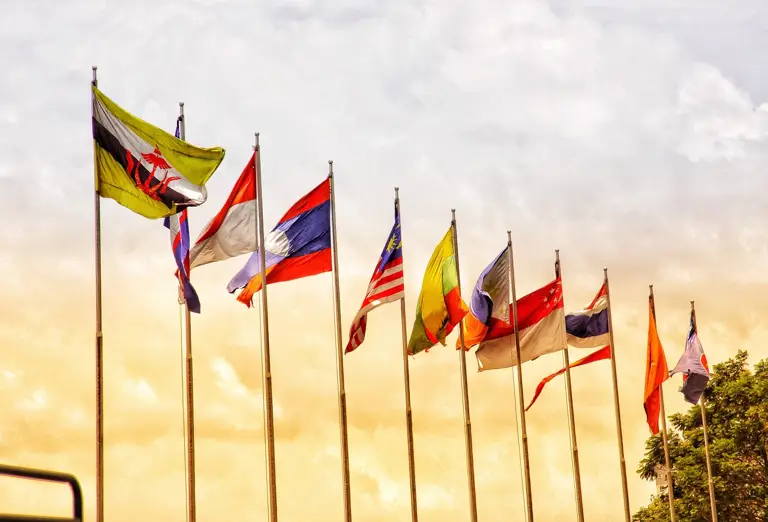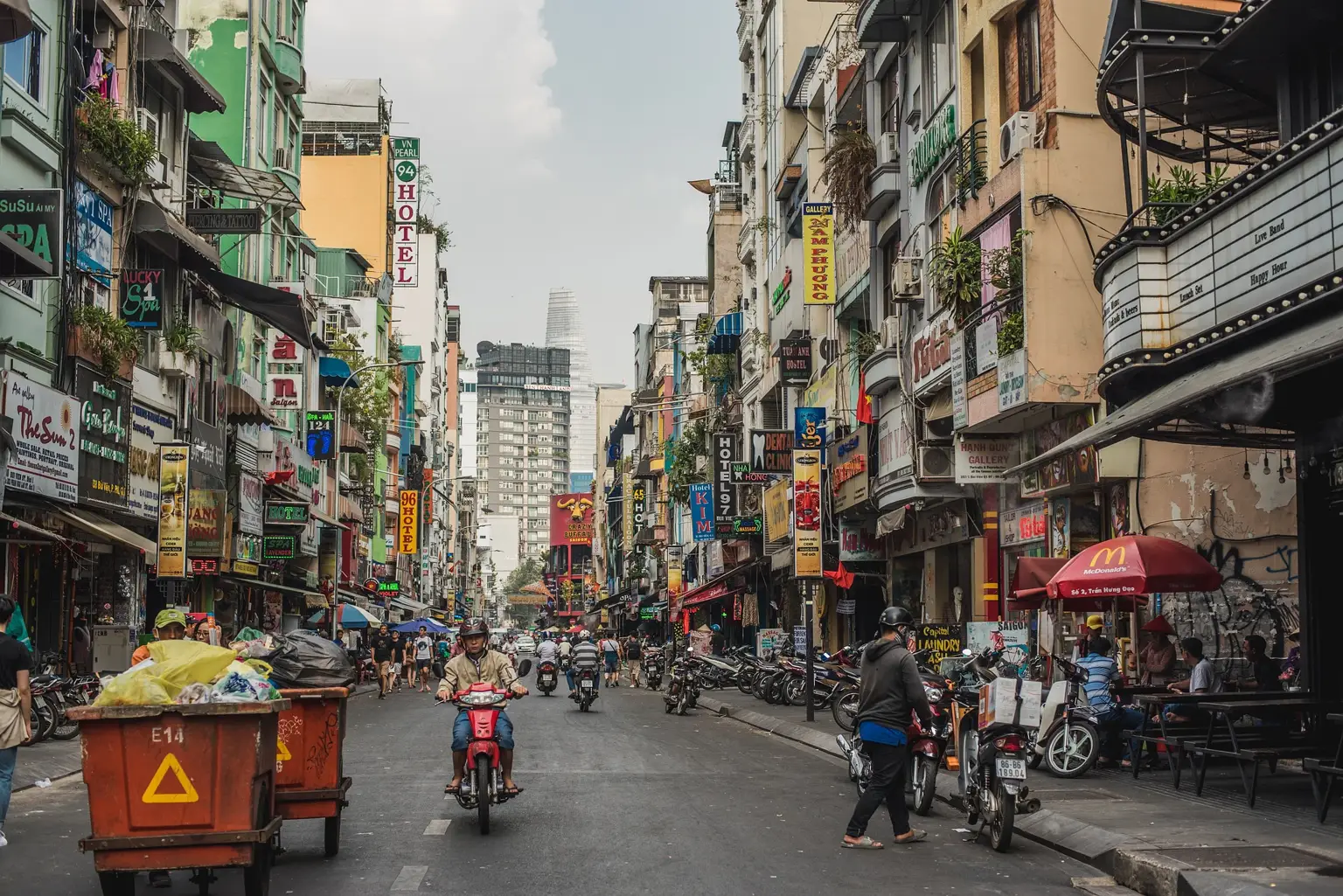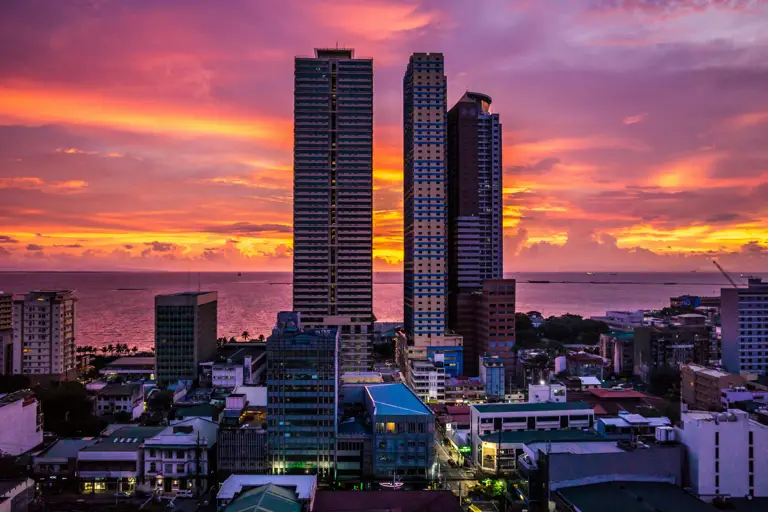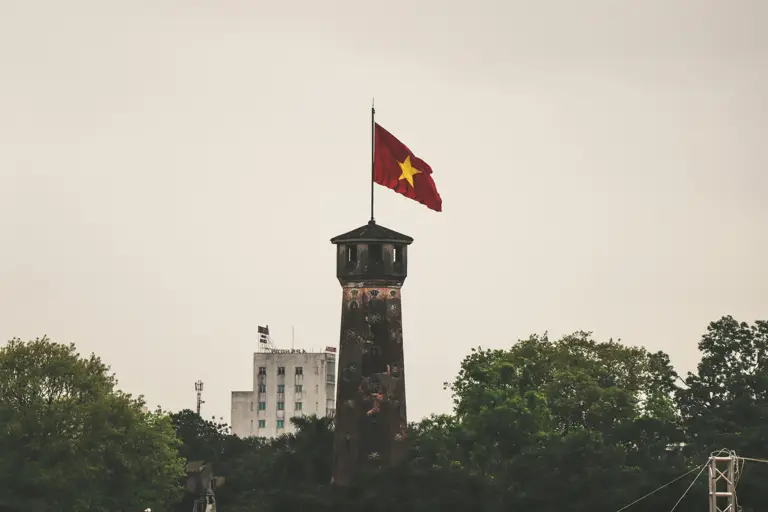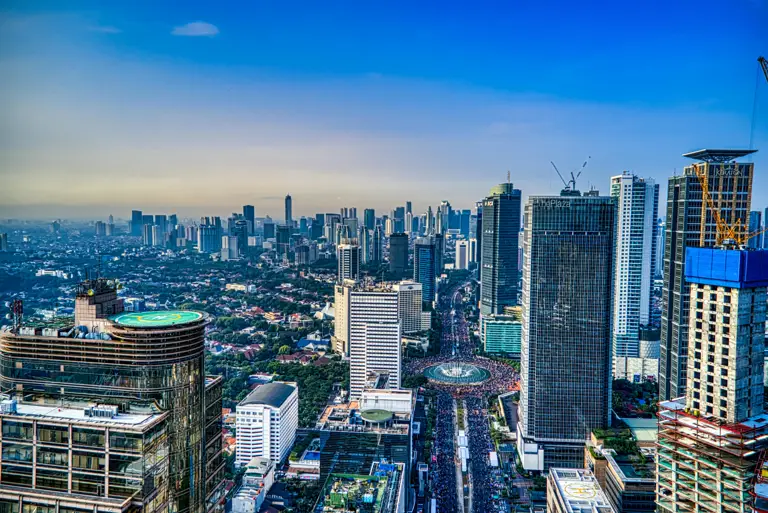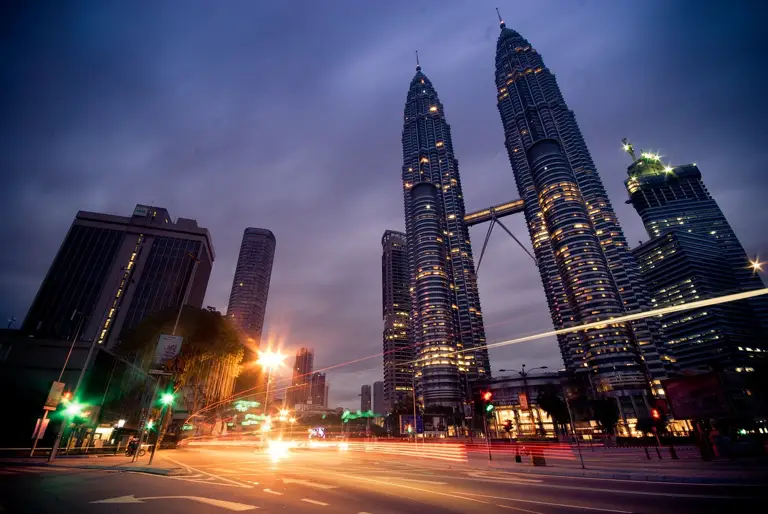
2023 Per Capita GDP Comparison between South Korea and Southeast Asian Countries
- ASUMUP
- Economy
- August 12, 2024
The comparison of per capita GDP between South Korea and Southeast Asian countries in 2023 offers a fascinating glimpse into the varying levels of economic development within the region. South Korea, as a leading economy in East Asia, stands out in this comparison, offering a unique perspective against the backdrop of Southeast Asia’s diverse economic landscape. The economies in this region vary significantly, from the highly developed city-state of Singapore to the emerging markets of Cambodia and Laos.
Per capita GDP, an important indicator of economic well-being, shows the average economic output per person, providing insights into the standard of living and economic performance of a country. In this analysis, we will delve into how South Korea’s per capita GDP compares to those of ten Southeast Asian nations, exploring the factors contributing to the economic disparities and similarities among these countries.
Singapore, Brunei, and South Korea lead the group in terms of per capita GDP, reflecting their stronger economic bases and higher living standards. However, countries like Malaysia, Thailand, and Indonesia also show significant progress, while others, such as Cambodia and Laos, are still in the earlier stages of economic development. This comparison not only highlights the economic strengths and challenges of each country but also emphasizes the diverse paths of development within the region.
Korea vs. Southeast Asia: GDP Showdown 2023
- 1st Singapore - $84,729.3
- 2nd Brunei Darussalam - $34,226.2
- 3rd Malaysia - $12,570.5
- 4th Thailand - $7,337.2
- 5th Indonesia - $4,942.4
- 6th Viet Nam - $4,324.0
- 7th Philippines - $3,867.7
- 8th Cambodia - $2,460.3
- 9th Lao People's Democratic Republic - $2,004.4
- Republic of Korea - $33,191.7
Republic of Korea - $33,191.7
South Korea's per capita GDP in 2023 stood at $33,191.7, ranking it as the third highest in this comparison. South Korea's economy is characterized by its highly developed and diversified structure, with significant contributions from technology, manufacturing, and services sectors. This strong economic base has enabled it to maintain a high per capita GDP relative to its Southeast Asian counterparts.
When comparing South Korea to the top-ranked Singapore, which boasts a per capita GDP of $84,729.3, there is a significant difference. Singapore’s status as a global financial hub and its strategic economic policies have propelled its economy to these heights. However, South Korea's economy remains robust, with a substantial GDP that reflects its position as one of the leading economies in Asia.
In contrast, when comparing South Korea with Brunei Darussalam, the second in the ranking with a per capita GDP of $34,226.2, the gap narrows. Brunei's wealth is primarily driven by its oil and gas resources, which contrasts with South Korea's diversified economy. While Brunei’s economy is more reliant on natural resources, South Korea’s strength lies in its industrial and technological sectors.
9th Lao People's Democratic Republic - $2,004.4
Laos has the lowest per capita GDP among the countries compared, with a figure of $2,004.4 in 2023. Laos is a landlocked nation with an economy heavily reliant on agriculture and hydropower. While the country has made some progress in economic development, it still faces substantial challenges, including limited infrastructure, low levels of industrialization, and a small domestic market.
When compared to South Korea, Laos’s per capita GDP reflects a significant disparity in economic development. Laos remains in the early stages of economic development, with a long path ahead to reach the economic levels of more advanced countries like South Korea. The difference highlights the diverse economic realities within Asia and the varying stages of development across the region.
8th Cambodia - $2,460.3
Cambodia’s per capita GDP in 2023 is $2,460.3, ranking it ninth among the Southeast Asian countries in this comparison. Cambodia's economy is largely based on agriculture, garment manufacturing, and tourism. While the country has experienced rapid economic growth in recent years, it remains one of the region’s least developed nations, with significant challenges in poverty reduction and infrastructure development.
Compared to South Korea, Cambodia's per capita GDP is much lower, reflecting its status as a developing country with significant economic challenges. The stark difference between Cambodia and South Korea’s per capita GDP underscores the varied levels of economic development within Asia and the challenges faced by countries like Cambodia in achieving sustained economic growth.
7th Philippines - $3,867.7
The Philippines has a per capita GDP of $3,867.7 in 2023, ranking eighth in this comparison. The Philippine economy is characterized by its service-oriented structure, with remittances from overseas workers playing a significant role. The country has shown steady economic growth, but challenges such as poverty, unemployment, and infrastructure deficits persist.
The difference in per capita GDP between the Philippines and South Korea is substantial, highlighting the developmental gap. While the Philippines has made strides in economic reform and growth, it still faces significant hurdles in achieving the economic levels of more developed nations like South Korea. Continued efforts in infrastructure development and economic diversification are critical for the Philippines’ future growth.
6th Viet Nam - $4,324.0
Vietnam's per capita GDP in 2023 is $4,324.0, placing it seventh among the Southeast Asian countries in this comparison. Vietnam has been one of the fastest-growing economies in the region, with rapid industrialization and a strong export sector driving its economic performance. Despite this growth, Vietnam's per capita GDP remains lower than that of more developed countries in the region.
Compared to South Korea, Vietnam’s per capita GDP reflects the country's emerging status, with significant potential for future growth. Vietnam's economic reforms and integration into global markets have positioned it as a rising star in Southeast Asia, although it still has a long way to go before reaching the economic levels of countries like South Korea.
5th Indonesia - $4,942.4
Indonesia has a per capita GDP of $4,942.4 in 2023, ranking sixth in this comparison. As Southeast Asia’s largest economy by total GDP, Indonesia has a diverse economy with strong agriculture, manufacturing, and services sectors. However, its large population means that its per capita GDP remains lower than that of more developed regional peers like Singapore and Malaysia.
The gap between Indonesia and South Korea’s per capita GDP highlights the economic disparities within the region. While Indonesia is a key player in the regional economy, it faces significant challenges, including income distribution, infrastructure development, and reducing poverty. These factors contribute to its lower per capita GDP compared to South Korea.
4th Thailand - $7,337.2
Thailand’s per capita GDP in 2023 is $7,337.2, making it the fifth highest among the Southeast Asian countries in this comparison. Thailand’s economy is well-diversified, with tourism, agriculture, and manufacturing being key sectors. Over the years, Thailand has experienced steady economic growth, although it faces challenges such as income inequality and political instability.
Compared to South Korea, Thailand’s per capita GDP is much lower, reflecting its position as a middle-income country with ongoing development needs. Despite these challenges, Thailand continues to be a major economic player in Southeast Asia, with a significant role in regional trade and investment. The disparity between Thailand and South Korea’s GDP per capita highlights the different stages of economic development within the region.
3rd Malaysia - $12,570.5
Malaysia’s per capita GDP in 2023 is $12,570.5, placing it fourth in this comparison. Malaysia has been one of Southeast Asia’s most dynamic economies, with significant contributions from manufacturing, services, and agriculture. The country’s economic policies and strategic development plans have propelled its growth, making it one of the region’s more prosperous nations.
While Malaysia's per capita GDP is significantly lower than that of South Korea, it reflects steady progress towards becoming a high-income nation. The gap between the two countries underscores Malaysia’s ongoing development journey compared to South Korea's already advanced economic status. Nevertheless, Malaysia's economic growth trajectory remains positive, with continued investments in infrastructure and industry expected to boost its future economic performance.
2nd Brunei Darussalam - $34,226.2
Brunei Darussalam ranks second in per capita GDP among Southeast Asian countries in 2023, with a figure of $34,226.2. Brunei's economy is heavily reliant on its rich oil and gas reserves, which account for the majority of its GDP. The revenue generated from these natural resources has allowed Brunei to maintain a high per capita income despite its relatively small population and limited economic diversification.
In comparison with South Korea, Brunei’s per capita GDP is slightly higher, though the economic structure of the two countries is quite different. Brunei’s wealth is concentrated in its energy sector, while South Korea boasts a more diversified economy with strengths in technology, manufacturing, and services. This contrast highlights the different paths to economic prosperity taken by these two nations.
1st Singapore - $84,729.3
Singapore tops the list with an impressive per capita GDP of $84,729.3 in 2023, far exceeding that of South Korea and other Southeast Asian countries. Singapore’s economy is highly developed, with a strong emphasis on finance, trade, and services, making it a global economic powerhouse. Its strategic location, business-friendly policies, and advanced infrastructure have attracted significant foreign investment, contributing to its economic success.
Compared to South Korea, Singapore’s per capita GDP is over double, highlighting the city-state’s unique economic position. Despite its small size and lack of natural resources, Singapore has effectively leveraged its strategic advantages to create a prosperous economy. This success is reflected in the high standard of living and the significant wealth generated per capita.
Other Posts in the Economy
Categories
- National Rankings(43)
- Science & Technology(1)
- Sports(24)
- Economy(30)
- Society(12)
- Culture(7)
Recent Posts
![Bayern Spent HOW MUCH on Harry Kane?! Ranking Their Top 10 Biggest Signings Ever]() A deep dive into Bayern Munich's ten most expensive transfers, exploring how the club's spending strategy has evolved to chase European glory.
A deep dive into Bayern Munich's ten most expensive transfers, exploring how the club's spending strategy has evolved to chase European glory.![Arsenal's Record-Shattering Spree: From a €116M Gamble to a Flop, Who Was Worth the Cash?]() A deep dive into Arsenal's top 10 most expensive signings, analyzing the successes, the failures, and the massive fees that have defined the club's modern transfer strategy.
A deep dive into Arsenal's top 10 most expensive signings, analyzing the successes, the failures, and the massive fees that have defined the club's modern transfer strategy.![Chelsea Cashes In BIG TIME! Who Really Won the 25/26 Summer Transfer Window Money Game?]() A deep dive into the top 10 clubs that made the most money from player sales during the wild 25/26 summer transfer window.
A deep dive into the top 10 clubs that made the most money from player sales during the wild 25/26 summer transfer window.![Liverpool's Record-Breaking €483M Spree! Did They Just Buy the Premier League Title?]() A deep dive into the 25/26 summer transfer window reveals Liverpool's record-breaking spending spree as Premier League clubs continue to dominate the market.
A deep dive into the 25/26 summer transfer window reveals Liverpool's record-breaking spending spree as Premier League clubs continue to dominate the market.![You Won't Believe How Much a Loaf of Bread Costs in These Countries! (Spoiler: It's INSANE)]() This post explores the top 10 countries with the most expensive bread, revealing how factors like import reliance and tourism dramatically inflate the cost of this basic staple.
This post explores the top 10 countries with the most expensive bread, revealing how factors like import reliance and tourism dramatically inflate the cost of this basic staple.
